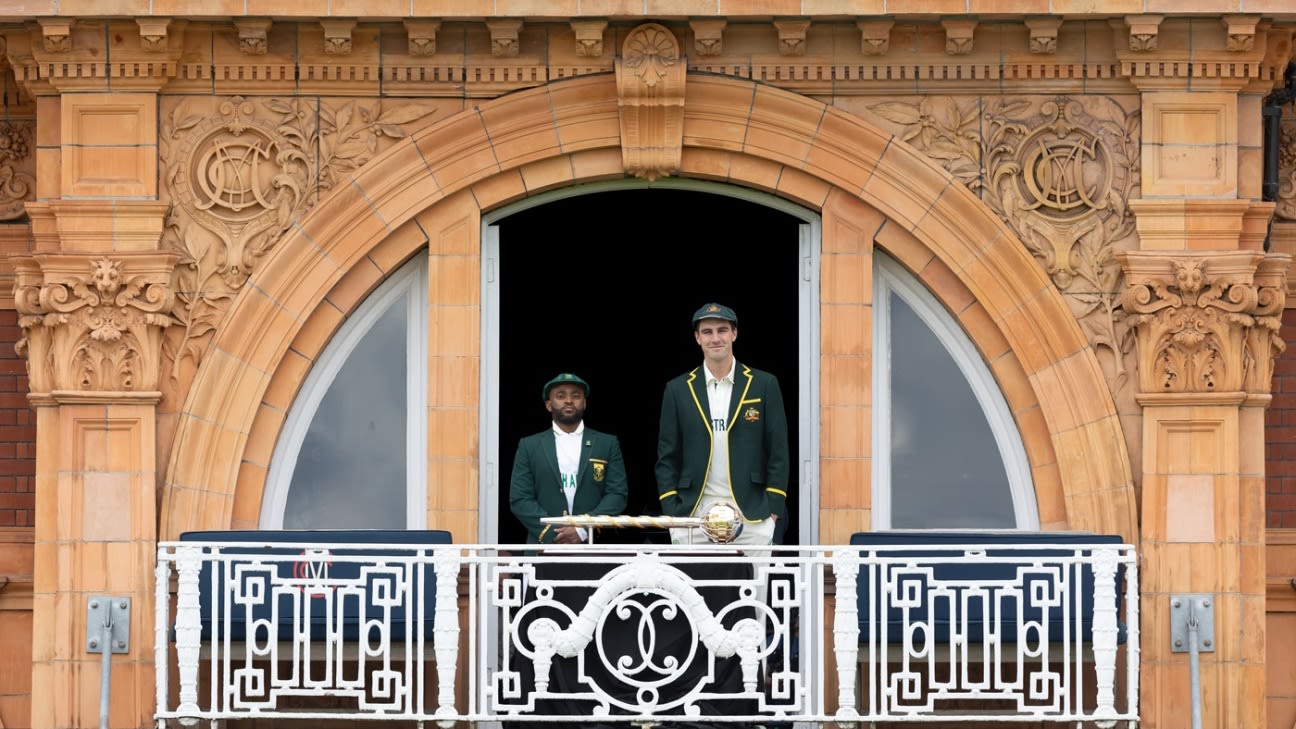Sports
ICC Reworks World Test Championship Plans, Revives ODI Super League

Plans to implement a two-tier structure for the upcoming World Test Championship (WTC) cycle have been abandoned, with the International Cricket Council (ICC) now set to feature all 12 Full Members in a single division. The decision follows a lack of broad support for the tiered model, which has been discussed intermittently over the past decade. Additionally, discussions around reviving the ODI Super League are gaining momentum.
A working group, led by former New Zealand cricketer Roger Twose, presented recommendations to the ICC board and Chief Executives’ Committee (CEC) during recent meetings in Dubai. These discussions carried a sense of urgency as nations prepare for bilateral series scheduled for the next WTC cycle running from July 2027 to 2029.
The proposed two-tier system faced significant hurdles, primarily due to concerns about a sustainable funding model. While there were suggestions that cricketing powerhouses like India, England, and Australia could offer financial support to teams in a potential second division, these discussions did not advance. Countries such as the West Indies, Sri Lanka, and Pakistan expressed apprehensions about reduced playing opportunities against more dominant teams.
Promotion and relegation issues also proved contentious. Leaders from the larger cricketing nations voiced their concerns regarding the financial implications of relegation. Richard Thompson, chief of the England and Wales Cricket Board (ECB), highlighted this dilemma in an August interview, stating, “We wouldn’t want, as England, to fall into Division Two and not play Australia and India.”
In light of these complications, the working group has recommended a unified 12-team format for the WTC. This structure may include Afghanistan, Zimbabwe, and Ireland, all of which could broaden the league’s scope for the upcoming cycle. Teams will be required to participate in a minimum number of Test matches—exact figures have yet to be determined. While this will ensure more frequent Test cricket across the board, it does not guarantee additional financial support for hosting matches, a challenge particularly faced by nations like Ireland.
“This guarantees that everyone is playing Test cricket,” a board director mentioned to ESPNcricinfo. “Those that really want to play the format now have opportunities, and there is an incentive for other teams to engage with them.”
On the white-ball front, there are discussions surrounding the potential revival of the ODI Super League, which was previously scrapped following the 2023 World Cup. Originally launched in July 2020 to provide context to the 50-over format, the league struggled to gain traction amid a congested international calendar, much to the disappointment of smaller Full Members and Associate nations. The proposal for a renewed league remains vague regarding the number of participating teams, but it is anticipated that it could be reinstated by 2028.
“The Super League could help revitalise the 50-over format,” an administrator noted, emphasizing the need for a proper structure rather than declaring the format’s demise.
Despite the potential for revitalizing the ODI format, there are currently no plans to expand the number of teams in the 50-over World Cup, scheduled to feature 14 teams in 2027. The T20 World Cup is also expected to maintain its current limit of 20 teams, although some governing bodies are advocating for a gradual increase to 32 teams.
Additionally, Associate members have proposed a restructured qualification format for the T20 World Cup, inspired by the men’s Olympic qualifying system. This new global qualifier is intended to determine the final spots for the tournament and may include both Associate and Full Members who did not qualify based on rankings. The aim is to offer a revenue source for Associate nations while addressing the concerns of Asian cricketing nations that feel limited by the existing regional pathways.
Although some influential figures support the growing popularity of T10 leagues worldwide, the format is not expected to gain official status within the ICC. These issues will be revisited during the ICC’s next meetings scheduled for early next year, as the organization continues to navigate the complexities of international cricket formats.
-

 World4 months ago
World4 months agoTest Your Knowledge: Take the Herald’s Afternoon Quiz Today
-

 Sports4 months ago
Sports4 months agoPM Faces Backlash from Fans During Netball Trophy Ceremony
-

 Lifestyle4 months ago
Lifestyle4 months agoDunedin Designers Win Top Award at Hokonui Fashion Event
-

 Sports4 months ago
Sports4 months agoLiam Lawson Launches New Era for Racing Bulls with Strong Start
-

 Lifestyle4 months ago
Lifestyle4 months agoDisney Fan Reveals Dress Code Tips for Park Visitors
-

 World4 months ago
World4 months agoCoalition Forms to Preserve Māori Wards in Hawke’s Bay
-

 Health4 months ago
Health4 months agoWalking Faster Offers Major Health Benefits for Older Adults
-

 Entertainment4 months ago
Entertainment4 months agoExperience the Excitement of ‘Chief of War’ in Oʻahu
-

 Politics4 months ago
Politics4 months agoScots Rally with Humor and Music to Protest Trump’s Visit
-

 Top Stories4 months ago
Top Stories4 months agoUK and India Finalize Trade Deal to Boost Economic Ties
-

 World4 months ago
World4 months agoHuntly Begins Water Pipe Flushing to Resolve Brown Water Issue
-

 Science4 months ago
Science4 months agoNew Interactive Map Reveals Wairarapa Valley’s Geological Secrets









